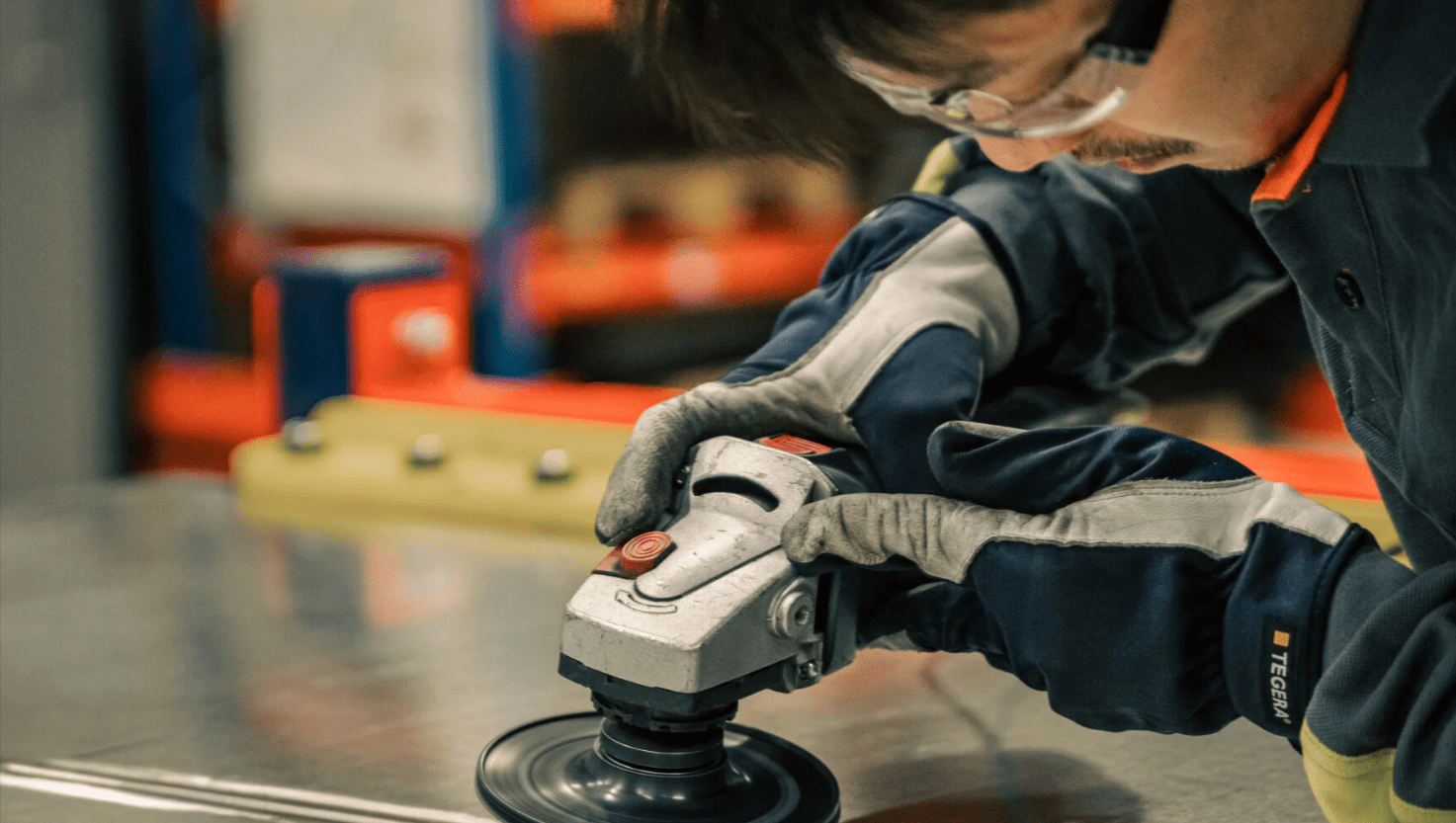Industrial conditions are very demanding. They can weaken even the most robust machinery. Iron and steel components are precise and effective. But they are prone to wear and tear over time. This could eventually lower your bottom line.
Fortunately, a well-planned maintenance schedule is all you need to maximize your machines. It can also extend their lifespan. Here’s how to do it.
Lubricate adequately
Friction is one of the worst enemies of moving iron and steel parts. A lack of lubrication leads to:
- Gears grind
- Bearings seize
- Motors overheat.
Lubrication should be in your daily routine. It prevents unnecessary wear on your equipment.
Additionally, always use the oil recommended by the manufacturer. Be sure to check it often. Also, too little and too much lubrication can be harmful. The latter can attract dust and debris, leading to fast wear. Just put an adequate layer of protection. This makes it easier for your machinery to run efficiently.
Undertake frequent inspections
It is often possible to detect a small issue before it grows into a major one. Look out for problems like:
- Worn seals
- Misaligned shafts
- Loose bolts
- Odd tremors
- Visible wear.
They may not seem like much at first. But they could impact production if ignored. It’s always best if you identify these symptoms early. It is easier to make the required adjustments before they become expensive repairs.
Keep it clean
Dust, dirt, and industrial debris can build up fast. They are unsightly. In addition, particle accumulation on iron and steel equipment can hinder moving parts. It can also hasten corrosion.
Set aside time to:
- Clean surfaces
- Clear clogged vents
- Remove dirt from joints and bearings.
Clean equipment performs better. Moreover, this makes it easier to identify early warning signs of deterioration.
Combat corrosion and wear
Iron and steel are durable materials. However, they can rust if exposed to strong chemicals or moisture. You can do this to prevent corrosion:
- Apply protective coatings
- Use rust inhibitors
- Store equipment in dry, well-ventilated areas.
Check on wearing parts as well. Special attention is often needed for surfaces that rub. Regular inspections combined with surface treatments or hard coatings can greatly reduce wear.
Never hesitate to swap out damaged components
Repair alone isn’t always enough. More severe malfunctions could arise if an excessively worn-out component is forced to continue functioning. Replacing parts on time is an investment:
- It prevents downtime
- Keeps your equipment safe
- Often saves money over time.
Have spares on hand for parts that are used often. For example:
- Belts
- Bearings
- Seals, etc.
You can get them from a reliable supplier like Kor Pak. This way, you won’t be left waiting when something eventually wears out.
Utilize maintenance logs to monitor everything
Memory can fail. But good records won’t. Maintain detailed records of all:
- Inspections
- Repairs
- Lubrication schedules
- Replacements.
This way, you can identify patterns over time. This information makes it easier to predict when parts will need maintenance. It also boosts the productivity of your entire maintenance team.
Maintenance records should describe:
- The origins of problems
- How they were fixed
- What to expect next.
The wrap-up
Steel and iron equipment doesn’t need to be difficult to maintain. But it does need regular maintenance. By doing this, you’re safeguarding your equipment and investment.








